3D Paleoart
3D
Paleoart
[ HOW TO RECONSTRUCT A DINOSAUR AND OTHER PREHISTORIC CREATURES ]
Ever wonder how they go from a few cracked bones to a breathing, walking T. rex on your screen? It's a ton of work, a mix of high-tech engineering and old-school anatomy. Here are keys to reconstructing prehistoric creatures:

RECONSTRUCTING
YESTERDAY
TO SAVE TOMORROW.
Deciphering fossils
to save species.
Tomorrow.
At Enchiridion, we're not just committed to safeguarding the future. We're committed to reintroducing species—both endangered and extinct—through the power of 3D paleoart and digital reconstruction. Through the restoration of Earth's extinct, endangered and threatened species, accurate visualizations—even those that require speculation—lie at the forefront of our team's revolutionary efforts. And we're pursuing our goals in ways that have never been seen before.
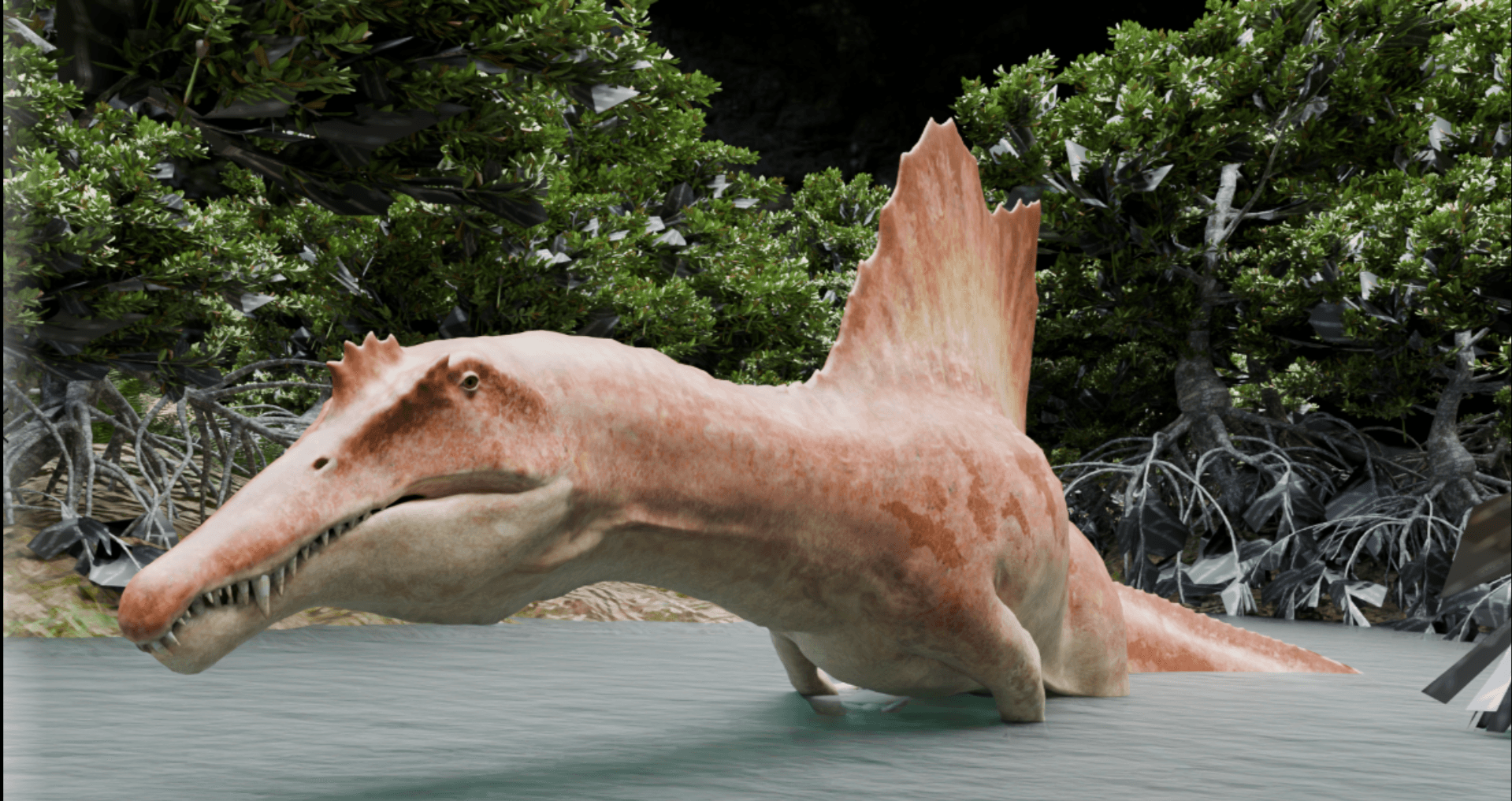

The Keys to Reconstructing Prehistoric Creatures
How To Reconstruct A Dinosaur
(and Other Prehistoric Creatures)
It Starts with the Skeleton
You have to start with the bones. A good reconstruction begins by building a skeleton you can actually defend, using fossils, CT scans, and super high-res photos. Every single joint has to work like a real joint. The vertebrae have to stack consistently. The hips need to bear weight in a way that matches the bone. Think of it as engineering a machine that biology already solved.
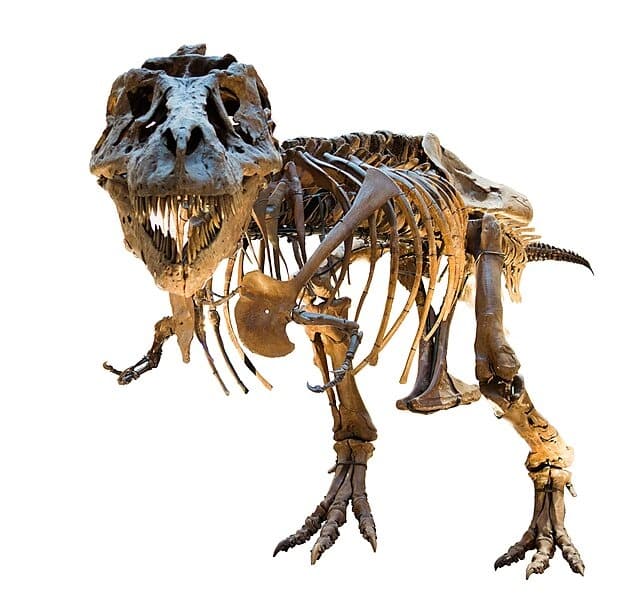
Putting Meat on the Bones
Next, muscles. Paleontologists and anatomists look for little scars, ridges, and pits on the bones. That's where muscles once anchored. Then they map the closest matches from living animals (like birds and crocs for a dinosaur). A tyrannosaur jaw doesn't just get generic 'big jaw muscles.' It needs specific bundles that have plausible sizes and paths, ones that don't get in the way of nerves or other joints. This is where experts debate. The muscles have to make sense. If the tail lifts, which muscles are firing? Getting into the mindset of thinking of the mechanics of muscles help us draw their articulation best.
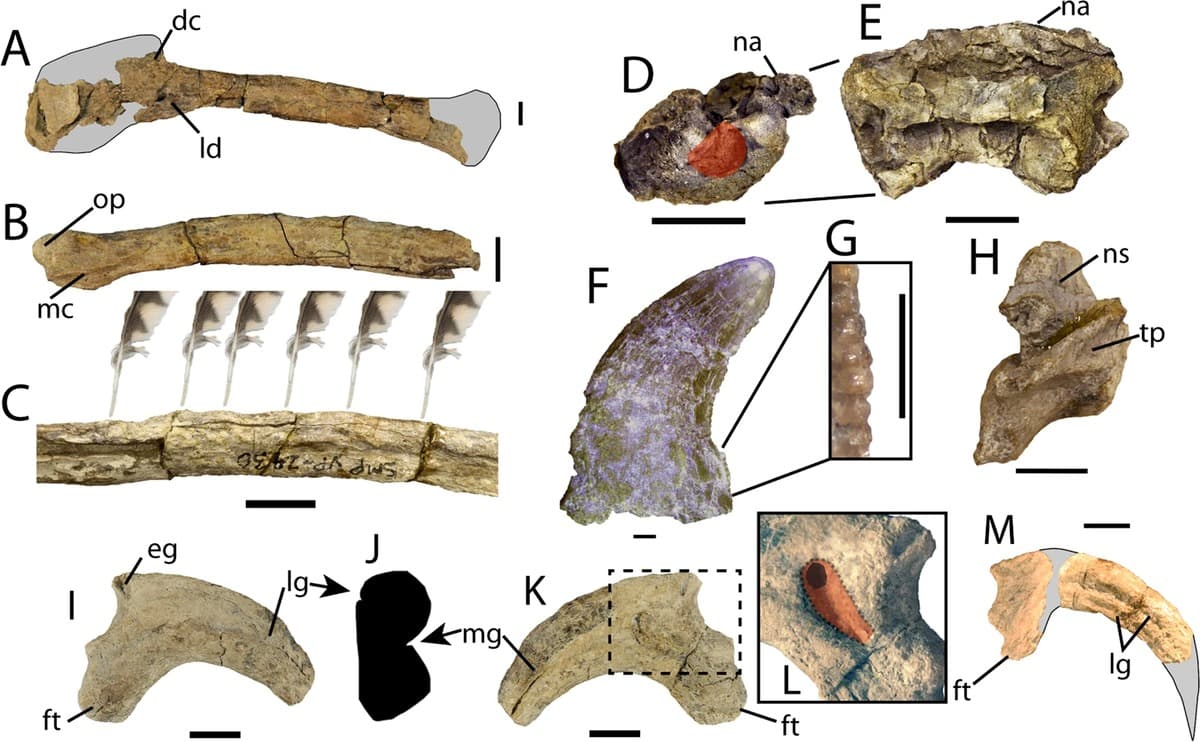
Got To Remember The Organs!
You can't just have a hollow model. Lungs, air sacs, heart, liver, and the gut... all this stuff constrains the body shape and changes how the animal balances. In Attenborough and the Giant Dinosaur, they took high-res scans, built the virtual skeleton, and then, with expert help, digitally added the internal organs. Then came the muscles, then the skin. The final creature moved like a giant animal because it had a real animal's internal logic.
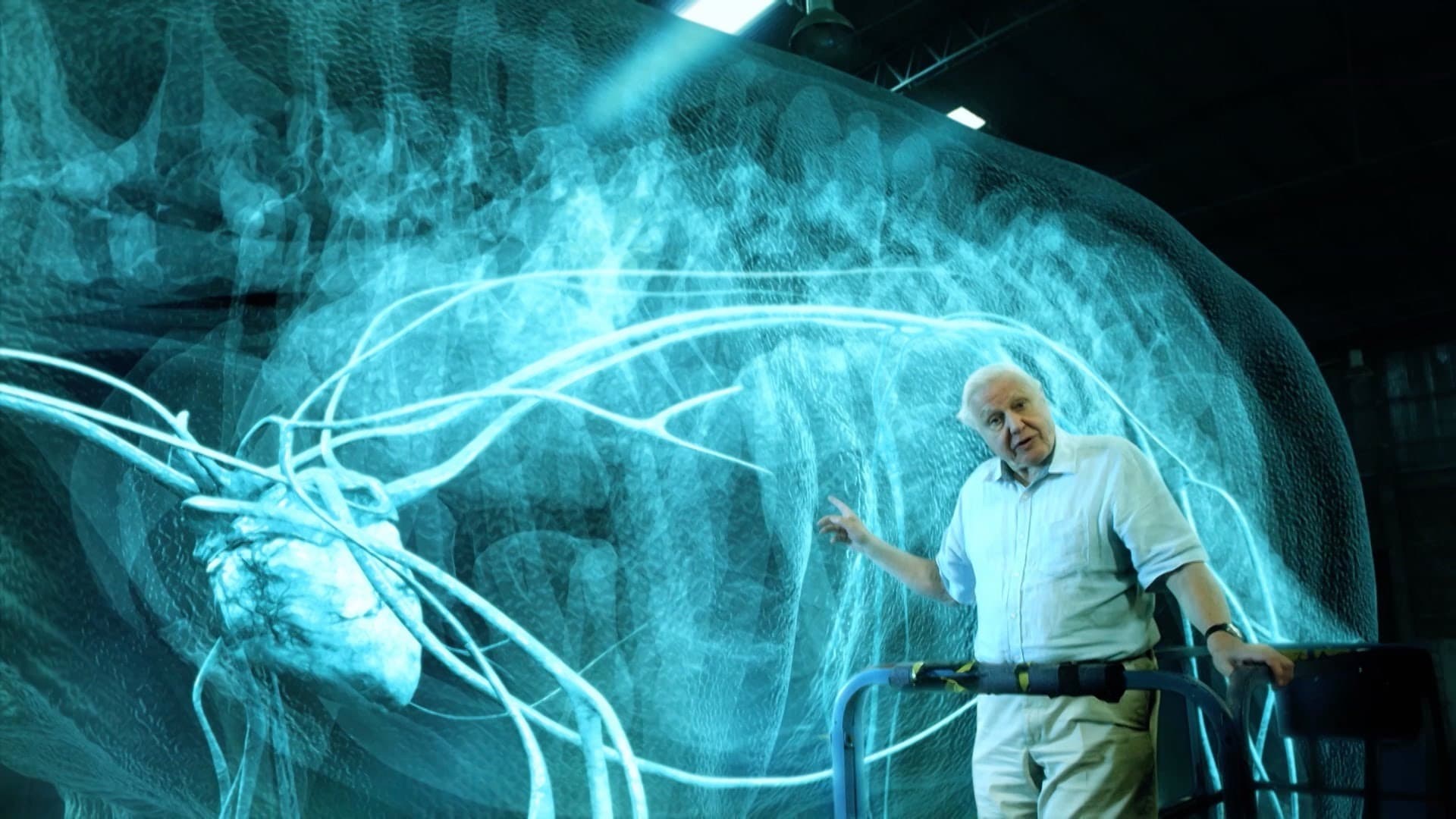
Skin, Feathers, and Scales...
When it comes to the outside, you start with direct evidence. That means fossilized skin impressions, feather traces, or bony armor (osteoderms). Where evidence is missing, you infer from close relatives and the biome. An arctic animal probably had insulation. A desert animal might show off structures for shedding heat. Color and pattern get the most speculation, so it's best to tie them to behavior.
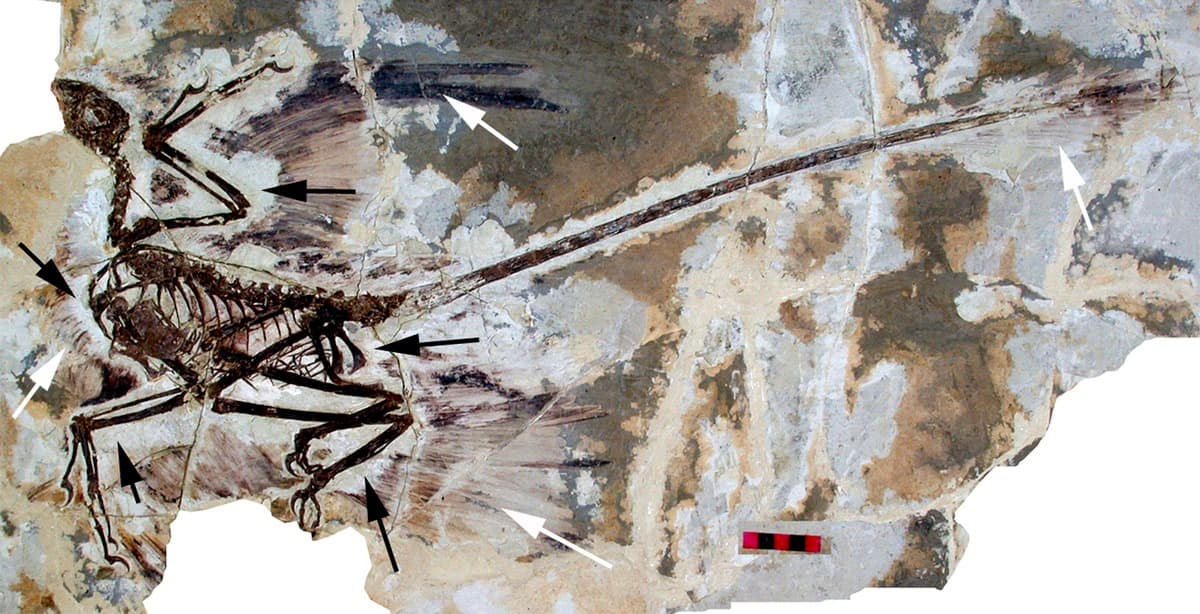
Physics! Making It Move
Before you animate, you have to nail the center of mass and stride length. A six-ton biped will not scamper. Its footfalls will have heavy shock and recovery phases you can count. Animators often start with a 'stick rig' to just test the gait and balance. Then they add the muscle dynamics, so you see things sliding and tensing under the skin. If its foot hits water, the splash has to match the speed, weight, and angle.
Placing it in the World
This is key. Walking with Dinosaurs set the template back in '99. Crews filmed real landscapes with the right kinds of plants. Then, animators inserted their digital creatures into those shots. This was in addition to the plethora of practical effects that were a part of the series. Shadows, reflections, and 'occlusion' (that's when something passes behind something else) are what make the animals 'sit' in the shot. If a hadrosaur walks behind a tree, we must lose it behind the trunk. If it kicks mud, that mud should fly right and stick to the skin with the right weight.

Research!
You have to treat existing paleoart as inspiration, not citation. You got to vet claims and track down where the data came from. And when you do speculate (and you always have to), just identify it with transparency. 'This is a working hypothesis based on X.' The most convincing scenes are always packed with tiny, testable details.

Quality Over Quantity.
Photorealism is slow and expensive. The solution is controlling your scope. Choose fewer species per episode. Build fewer shots, but give them more depth. Spielberg's 1993 Jurassic Park leap worked because every single CGI shot served a biological and a cinematic point. The BBC's 1999 benchmark held up because each creature was studied in depth with consultants. Depth is so much more believable than quantity.
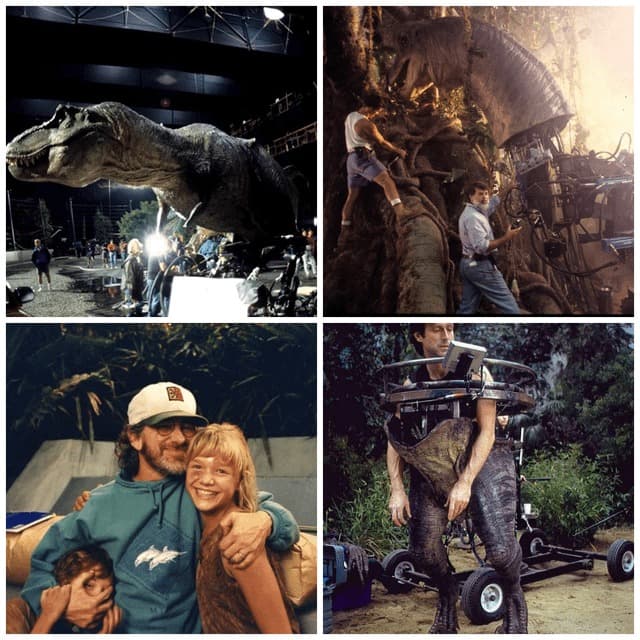
Breathe Life Into Your Creatures
A credible animal rests, startles, feeds, and interacts with light and gravity. Blinks, little weight shifts, panting, ear twitches, tail counter-swings... These tiny cues create a convincing image of prehistoric creatures.
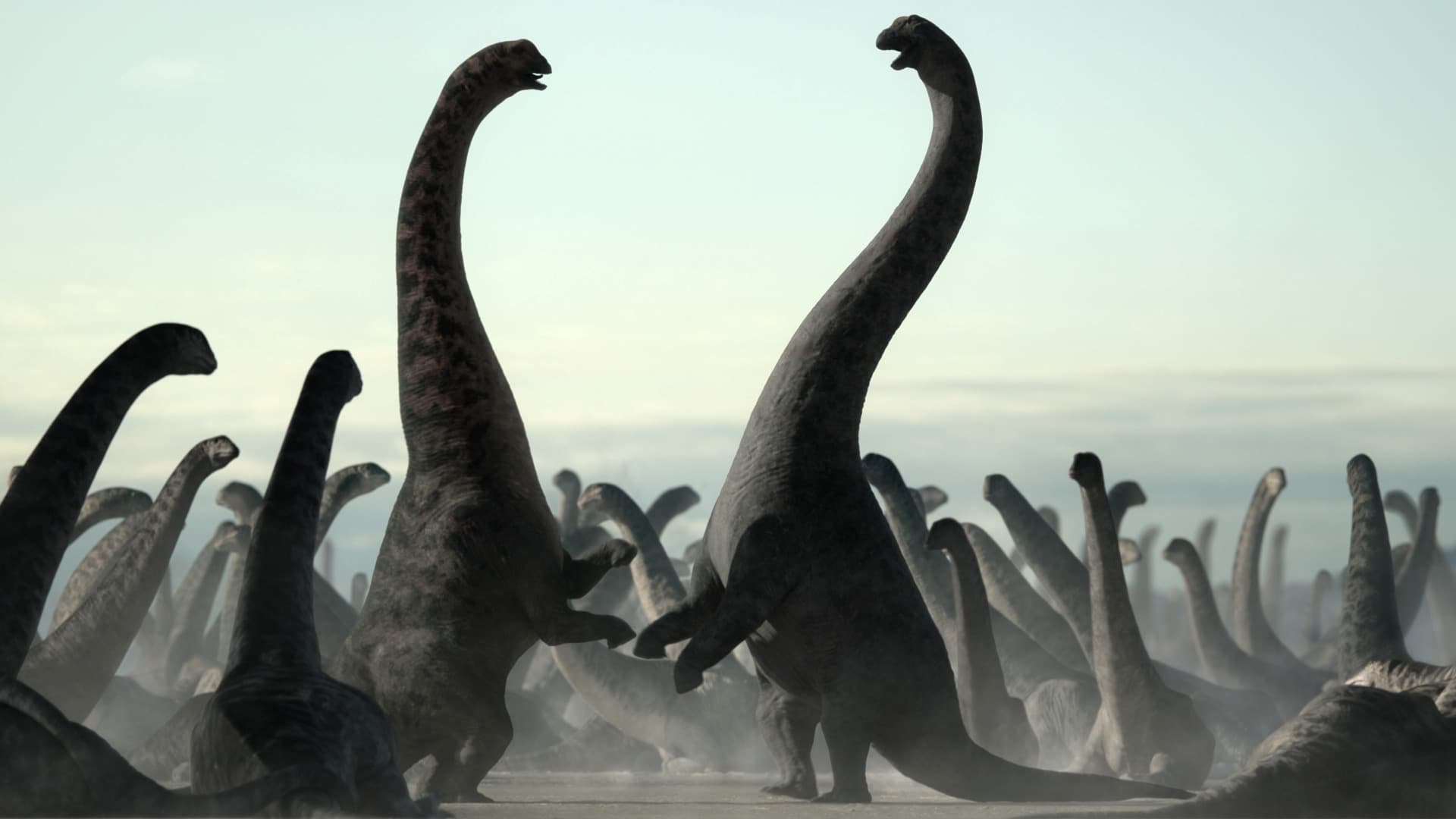

Building a Library That Lasts
Focusing long-term, rig cleanly, name your joints, track your sources. So when science moves forward (and it always does), you can update the model. That's how a library grows. A world-class collection is a system where you can trace how a decision was made.
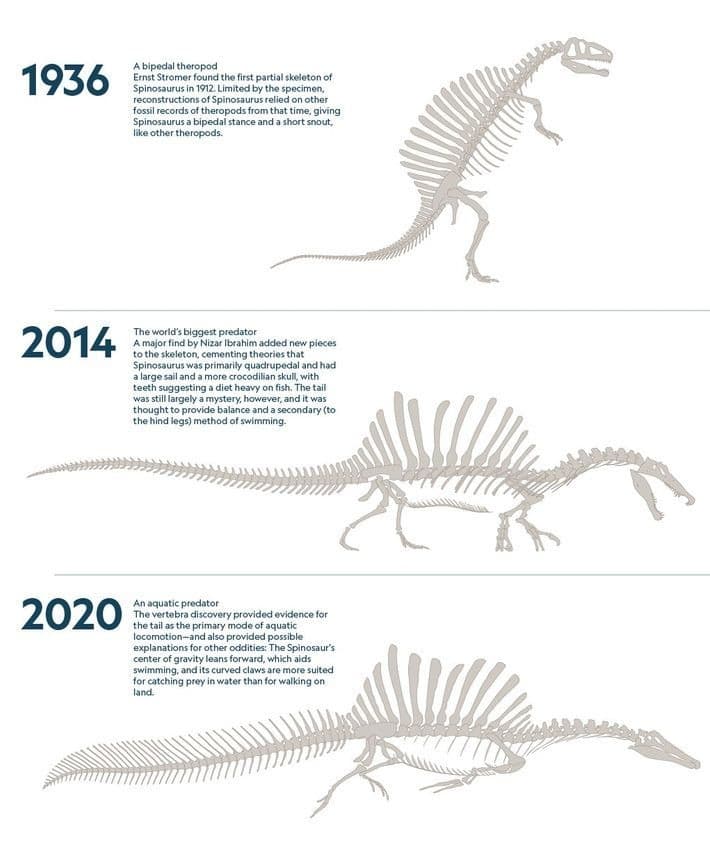
A History of Paleoart
How we see the past has a history
all its own.
The 1800s: Educated Guesses
It all started as educated guesswork. Around 1800, Georges Cuvier started comparing fossils to living anatomy and drawing muscles on extinct mammals. Early artists sketched things like Pterodactylus. The core idea was there from day one: use living bodies to reconstruct dead ones.

The 1830s: The First 'Scene'
In the 1830s, Henry De la Beche's Duria Antiquior came out. This was huge. It wasn't just a portrait of one animal. It was a whole scene. Multiple species, feeding, swimming... even dunging! It was the first time prehistory was staged like a big history painting.

The 1850s: Walking with Giants (Sort Of)
The Crystal Palace models! In the 1850s, Benjamin Waterhouse Hawkins built life-size prehistoric animals for a park in London. They are inaccurate by modern standards. It was the first time people could walk among giants and feel their presence.
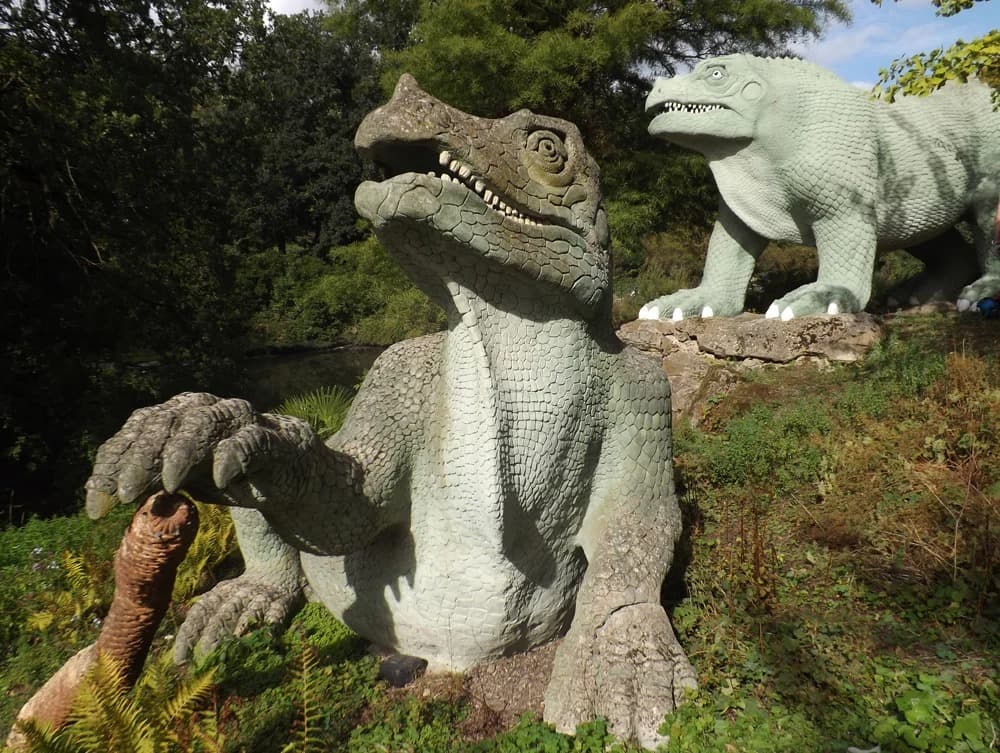
The Knight & Cinema Era (1890s-1930s)
From the 1890s to the 1930s, Charles R. Knight defined the museum look. His murals and canvases made dinosaurs feel like animals rather than just monsters. At the same time, movies got in on the act. The Lost World (1925) and King Kong (1933) used stop-motion to animate these Knight-inspired beasts.


Mid-Century: The 'Classic' Look
This is when we got epic murals. Rudolph Zallinger's Age of Reptiles at Yale. Zdeněk Burian's moody, painterly scenes. These works were everywhere, from text-books to museums. They set the global standard for what prehistory looked like for decades.
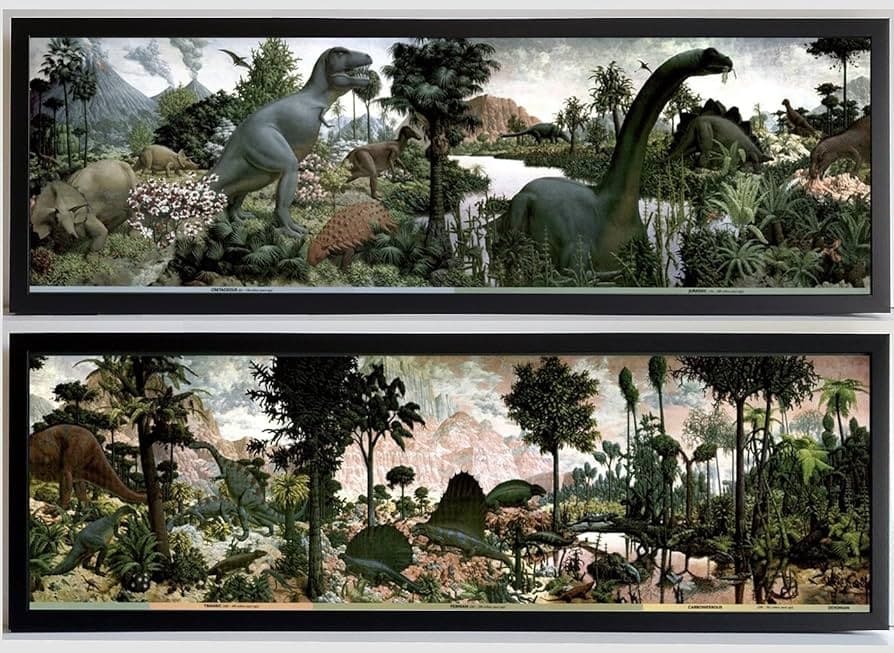
The 60s-80s: The Dinosaur Renaissance!
Then everything changed! The 'Dinosaur Renaissance.' Robert Bakker started arguing for active, warm-blooded dinosaurs. And artists like Gregory S. Paul brought these razor-sharp, super-detailed skeletal reconstructions. The whole energy of paleoart shifted.
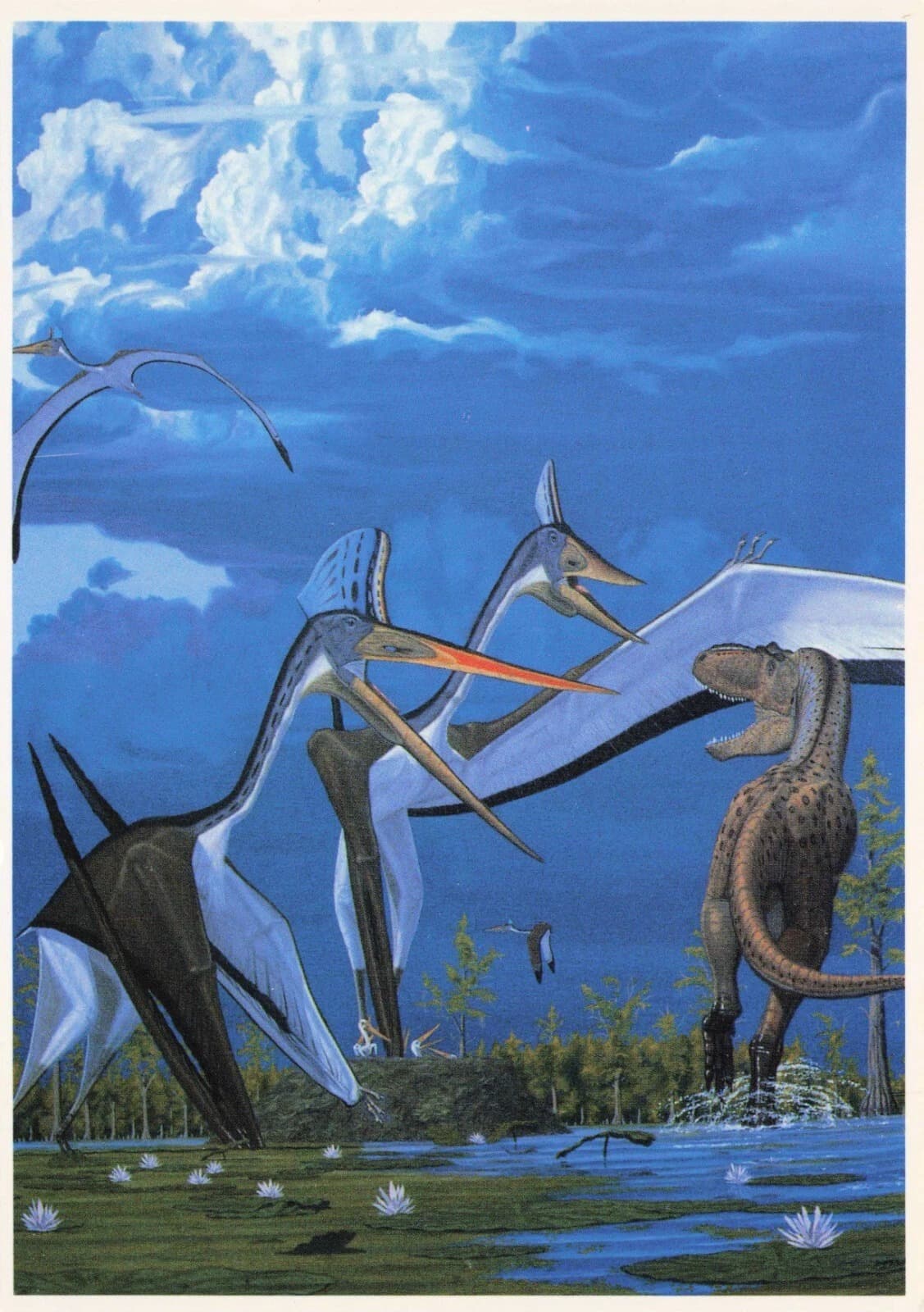
The 90s: That T-Rex Moment
In 1993, Jurassic Park proved CGI could carry weight, that it could interact with light convincingly enough for paleontologists to take it seriously. Then, the BBC's Walking with Dinosaurs (1999) standardized that production pipeline for TV, and the industry was changed forever.


The 2000s: Everyone's a Paleoartist?
The 2000s democratized everything. Digital sculpting, online communities... Suddenly everyone had the tools. This created a flood of new art and artists, but it also amplified original, copied work.

The 2010s: Showing the Work
Shows like Attenborough and the Giant Dinosaur actually walked audiences through the whole workflow. From the quarry, to the high-res scans, to the articulated virtual skeleton, placing the organs, wrapping the muscles... all of it. Viewers could finally see how evidence became motion.

Today and Tomorrow
Today, photorealism is the minimum. The real test is whether a creature can share a scene with real wind and water and still feel true. The frontier is living systems. The most responsible studios publish their anatomy breakdowns. The most ambitious ones are building 3D libraries where models can be updated when new science comes out.


Enchiridion's 3D Paleoart Goals
Building a Living Digital Library
of Deep Time
So, our big idea… is not just about recreating dinosaurs. We will build a huge, living, digital library of all of deep time, one that scientists can actually look at and check our work. These 3D models we're making, they're meant to be scientific instruments first, and then assets for movies or games. Each animal is built in layers, from bones, muscle, fat, skin... all on separate tracks. You can even adjust these "uncertainty bands" for the stuff we aren't 100% sure about. There will even be a slider to age them, from a little hatchling all the way to an old adult. You can switch between male and female, or just make them look like different individuals. We're considering modeling the microscopic structure of feathers and scales so they look and reflect light exactly right. Everything is built to a real-world scale and standardized, so you can just drop them into any game engine and they'll work.
And the skeletons, the 'rigs', behave like actual bodies. The joints don't just bend any way you want; they're limited by the real shape of the fossil bones, respecting how thick the cartilage would've been. The muscles are actual 3D systems that pull on a realistic skin rig, so when a muscle tenses, you actually see it bulge. We're building libraries of poses, some are 'clinical' ones for anatomy books, and others are 'field' poses we've figured out from looking at real fossil trackways. We test every single animation against physics, too. For instance, is it using way too much energy? Would it fall over? So the animation itself becomes a kind of scientific experiment.
We're building the entire worlds of the animals as well. The environments come with real climate data, prevailing winds, how the water flows... all based on scientific models. We're modeling how sediment moves and coastlines change over thousands of years. The plants actually grow based on rules, and you'll see different plants depending on what time period or latitude you're in. Even the shaders on the leaves are smart, they know about specific details such as stomatal density to look right and even 'sweat' like real leaves. The water in a muddy river looks completely different from a clear lake, because the physics of the water optics are correct. You can even fly a camera down through the ground and see the rock layers change over time, all of it stratigraphically accurate.
Every animal gets a whole list of behaviors: how it walks, hunts, nests, sleeps, avoids parasites, even how it might limp if it was injured. It's all based on physics and energy costs. We're even building in social behaviors like herd hierarchies or nesting behaviors, and making audio models for their calls based on the actual physics of how their syrinx, or voice boxes, might have worked. We're modeling their whole lives, from how many eggs they laid to how fast they grew.
Here's the best part, though. We're giving it all away. As part of the global museum, it's all open-source, we're calling it the 'Kingdom of Life.' Thousands of these rigged animals, totally free for students, researchers, filmmakers, anyone. And we're showing our work. Every single model comes with a full list of citations, the fossil specimen numbers, and a log of why we made every single choice. There'll be a small council of scientists, artists, and teachers to manage the 'master' files, to keep them stable for classrooms, but anyone can 'fork' the project and test out their own wild, speculative ideas.
The tool we're building to make all this is like a mix of Blender and an AI assistant. You can use natural language, say what you want, and it builds node graphs. You can mark up a skeleton and it'll rig it for you. There will be an 'explain this pose' button you can hit, and it'll overlay all the muscles that are firing, show you the center of balance, torque plots, all of it. The AI can help retarget animations, fix stuff, label joints, even set up lighting based on the actual time of day in the Cretaceous. And there's this little display that shows you the provenance... where every single vertex, every texture, every behavior came from.
Since the models are built on parameters, the AI can treat their bodies like a 'genome' of forms. It can guess what an ancestor might have looked like, somewhere between two different species. Or it can generate plausible developmental glitches. You can give it clues from modern birds and crocs, and it'll suggest what the soft-tissue might've looked like... and even give you a confidence score on its own guess. It lets you see how different competing theories would actually look and move. This would be an excellent experimental tool to test theories of evolutionary biology or molecular paleontology, for instance. This is the closest we can get to seeing dinosaurs, for now. Later, we'll get to biohybrid dinosaur animatronics.
Apart from a theme park, it's a library. It's this 'genome' of life that plugs into everything... biology, physics, earth science, you name it. A student could use it to simulate bone stress. A studio could drop a perfect, canonical Velociraptor into their film. A museum could run a real-time exhibit. And a researcher can go test some wild new hypothesis without breaking the 'master set' that classrooms are using.
We're going to strategically reconstruct only a subset of the models, focusing on 3D animations for Enchiridion on YouTube. Based on the feedback we receive from these, we will reconstruct the remaining species. Audience feedback will drive our product development cycle. Every new, vetted animal strengthens the whole library. Every classroom and movie that uses it strengthens the demand. The moonshot, the big dream, is to rebuild all of prehistory as this open, free instrument that anyone can play, but at a Pixar-level of quality. All by yourself, if you want.
This is obviously just a preview of what we aim to do. Writing "speculative fiction" in this regard about the products you're working towards is helpful to envision all the possibilities. It's incredibly ambitious to make this idea, and that's why it may be smarter to, for instance, partner with an already existing company working with dinosaur 3D models, than to make all of them from scratch. We will make such concessions and take strategic action to ensure the highest return-on investment and hopefully least amount of friction towards our idea. We also recognize that artificial intelligence will significantly boost our capacity to make these vast, complex libraries of creatures and environments. We stand by our belief in technology and science.
We aim to create photorealistic 3D models and environments that make anyone go, "Wow! This is something special!" Our videos are actively moving the channel in this direction. We believe in 3D's potential to help people visualize abstract scientific topics and see them animated, in movement, visibly. This eases understanding and allows us to connect it to our real-world experiences.
Science & Technology
Our road to a Digital Earth.
3D Paleoart helps pave the way toward a Digital Earth by transforming paleontological data into immersive, interactive digital environments that effectively combine science, art, and technology. This allows researchers and the public to visualize extinct species in realistic ecosystems, integrating anatomical, ecological, and environmental data into one holistic framework. It enhances education, conservation, and innovation by making complex data accessible and interconnected.
DIGITAL EARTH
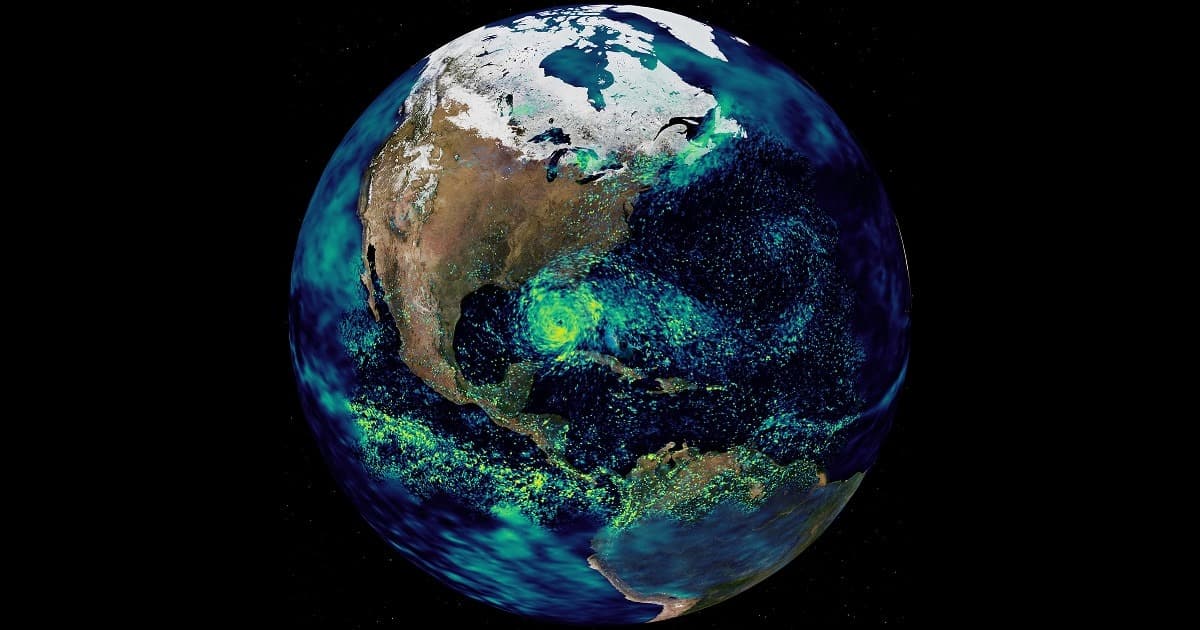
A Systems Solution
As part of the journey to a Digital Earth, 3D Paleoart is essential for visualizing the history of life on Earth. The problem it solves is fragmentation. Today, environmental, genetic, and geographic data exist in isolated systems. A Digital Earth connects these silos, allowing for holistic understanding and coordinated action to address global challenges like climate change, biodiversity loss, and sustainable development.
3D Paleoartists create scientifically informed abstractions. These are visual syntheses that combine data from genetics, ecology, anatomy, and climate science to reconstruct lost worlds. In turn, this process unifies disparate fields by turning fragmented information into coherent, experiential models. We can see what's missing in this broader question of how to best utilize our scientific resources. This advances the ultimate vision of a Digital Earth: an integrated, interpretable model of life's systems across time.
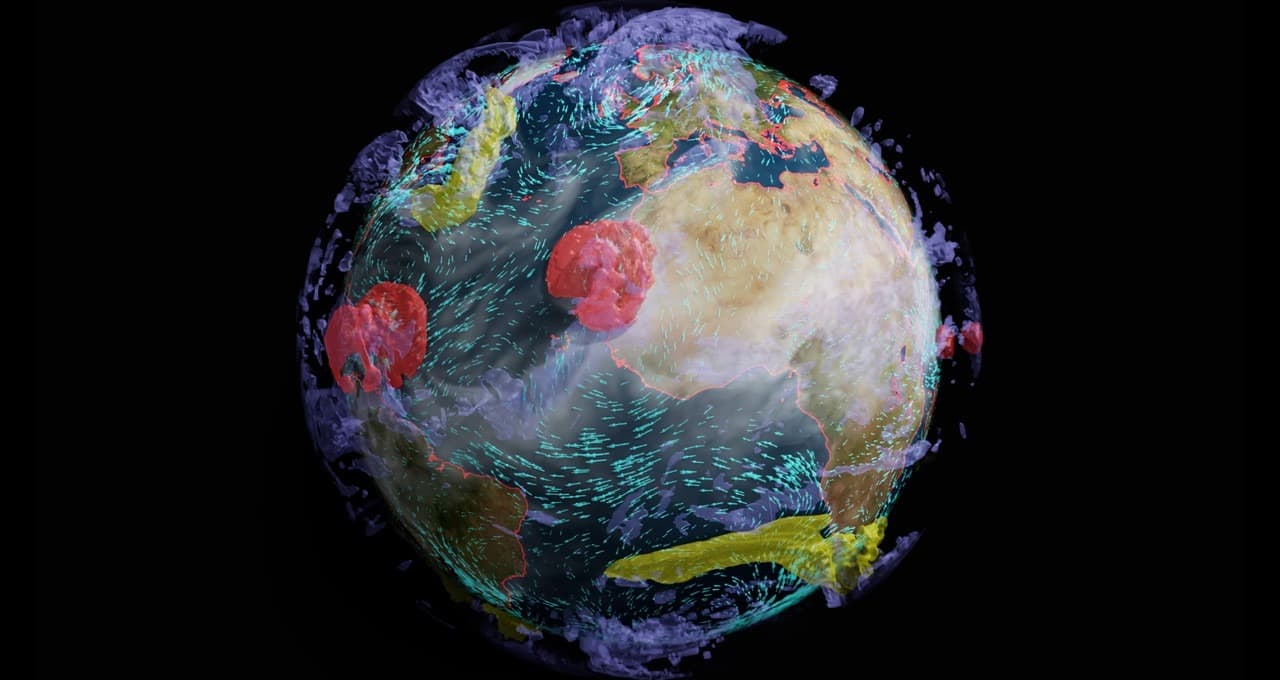
BUILDING OUR VISION
TOGETHER.
We are building this for museums, classrooms, filmmakers, and the kind of kids who never stopped loving dinosaurs.